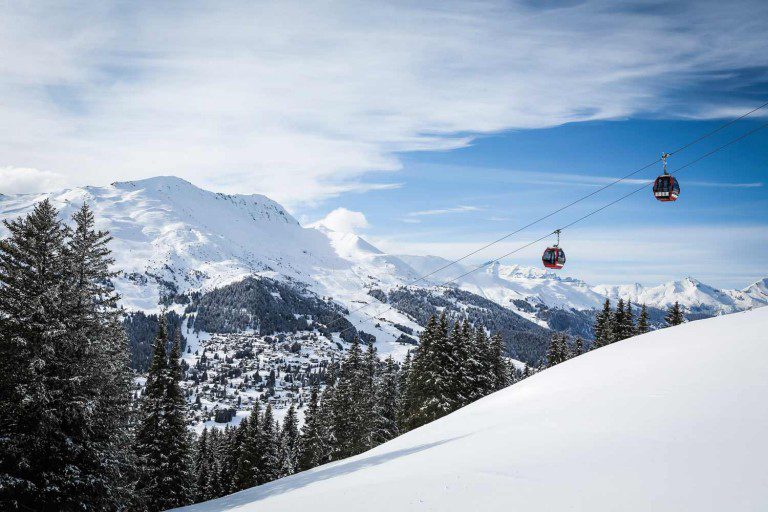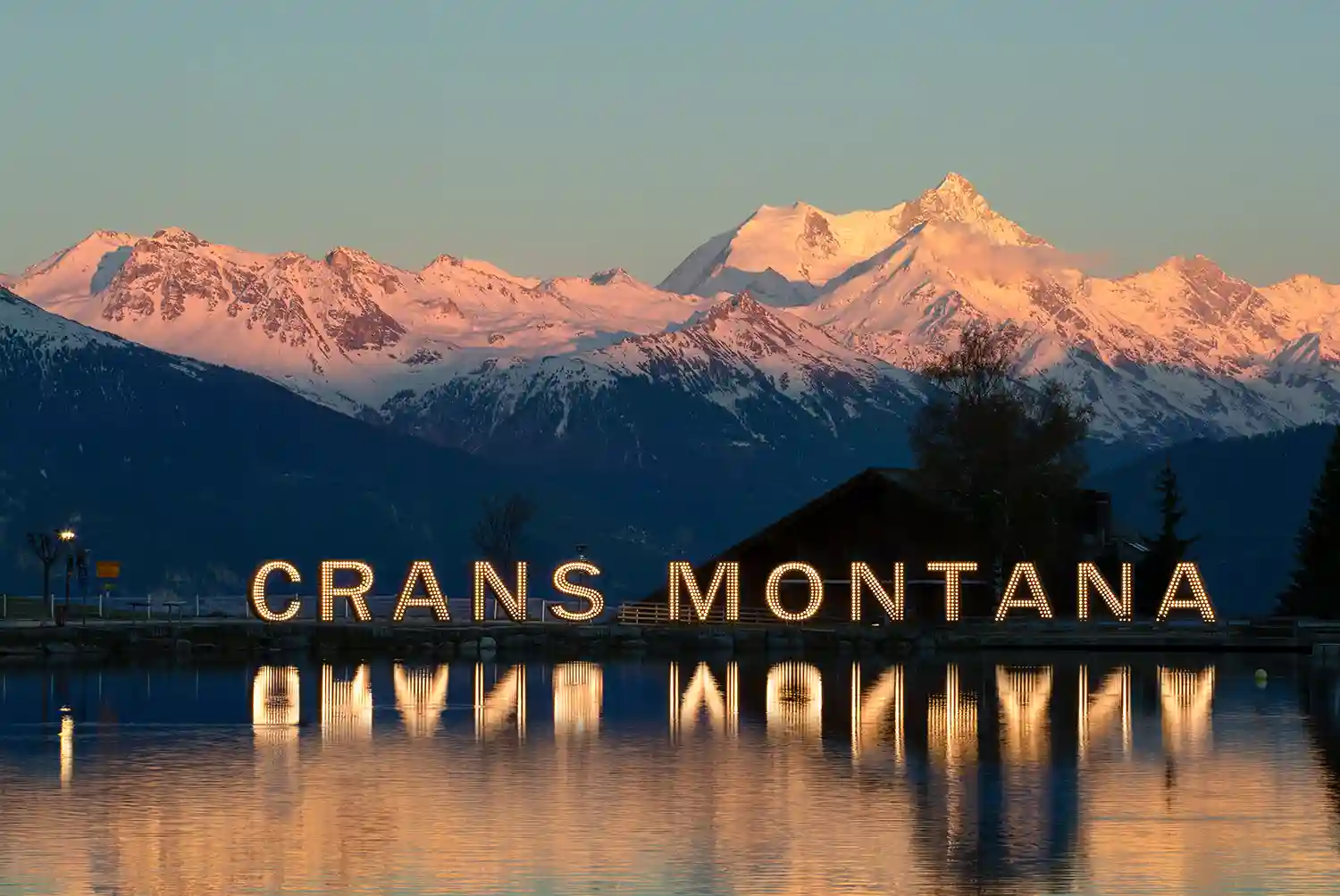On my trip to Lenzerheide in March 2016, I found that as a skier I could only redeem a 4 hour pass for CHF 61.00. After arriving only at 1:30 p.m., this price was, from my point of view, a bit expensive for the 3 hours I still had available. Earlier I had been able to buy a cheaper half-day ticket. Here one would like to see a more flexible ticket system that does justice to the service that the guest receives. Those who come at 12:00 clearly get more out of the 4-hour pass for the same money. A more flexible pricing system would be fairer in my opinion. Other guests I met on the same day also expressed themselves in the same way.
Price increase is not the trend
In view of a difficult winter and the constant fall in prices in Switzerland thanks to growing competitive pressure from abroad, Lenzerheide is one of the few providers to have raised its prices instead of lowering them in this case. Does the guest accept this? How does it come about?
I approached Lenzerheide Bergbahnen about this and talked to Ms. Linda Netzer-Alpiger, Head of Administration at Lenzerheide Bergbahnen AG.
To my astonishment, I learned from her that the Lenzerheide mountain railroads are supposed to have about (what do I feel like?) 10,000 tariffs stored in their system, which differ from one another based on criteria such as age, ticket validity period, group size, online purchase, partners, etc. The tariff system is also a great challenge for the mountain railroads themselves. To satisfy every guest and still earn enough money does not seem easy. "Did you know that together with Arosa Bergbahnen, we spend CHF 290,000.00 a day to operate our snow sports area?" she asks me. They don't want to join the short-term price war to the bottom, but secure the long-term existence and invest incredible sums in the region. "Last summer, we again invested CHF 20 million in the expansion of our snow sports area: new construction of the Churwalden portal with the Heidbüel 8-seater gondola lift, the new Obertor chairlift connecting the valley and the relicensing of the Rothorn reversible aerial tramway. In the past 5 years, our investment volume amounted to more than CHF 80 million," she continues. And as a guest, you have to admit that the installations on the Rothorn in particular are first-class, and the new cabins also stand out positively. That is one of the reasons why guests choose this region; after all, there is also strong competition between the snow sports regions, and whoever has the better offer among them is also ahead. But she also admits that the price issue still needs to be developed internally for them as well: "We are currently intensively engaged in rethinking our entire tariff system together with Arosa and examining new, more flexible approaches to solutions. In particular, we see great potential in online ticketing."
Mountain railroads need to move on marketing
The investments made by Lenzerheide Bergbahnen AG, which are often not visible to the guest - think, for example, of the construction of snow-making facilities - are more than commendable. They are one of the reasons why Lenzerheide remains interesting as a vacation and excursion region. These investments ensure the retention of customers. But more must also be done in terms of marketing and pricing. Many mountain railroads in Switzerland give the impression that you can always carry on as before. But customers will not accept that. Lenzerheide also needs to go over the books when it comes to its tariff system. It is commendable that this is already being done internally.
Demand-oriented pricing system a model
From the guest's point of view, the question always arises: Is the price fair and this always also in view of the comparison of the ski regions that are located in the immediate vicinity. In the case of Lenzerheide, the comparison with other regions in the Grisons such as Flumserberg or Davos is certainly relevant. From the point of view of the mountain railroads, one must consider how to attract more people to one's own ski region with regard to prices. The mountain railroads must be advised to think about a tariff system that corresponds to demand. So if fewer people arrive because the weather is bad or because it is during the week, then the ticket prices could be cheaper. And if everyone wants to go on the slopes at the weekend when the sun is shining, increase the tariffs moderately. The goal of the mountain railroads must be to get more people on the ski slopes and to generate a reasonable turnover. A discount for less skiing time, as is practiced on the Flumserberg, is also fair from the customer's point of view, since he can ski less. A system that is too rigid, as currently exists on Lenzerheide, should be rejected, especially when competing regions such as Flumserberg offer a discount for guests arriving later. The ski industry is also not happy with the ski regions in Switzerland. They need to be more agile, they say, and I can only agree with that.





